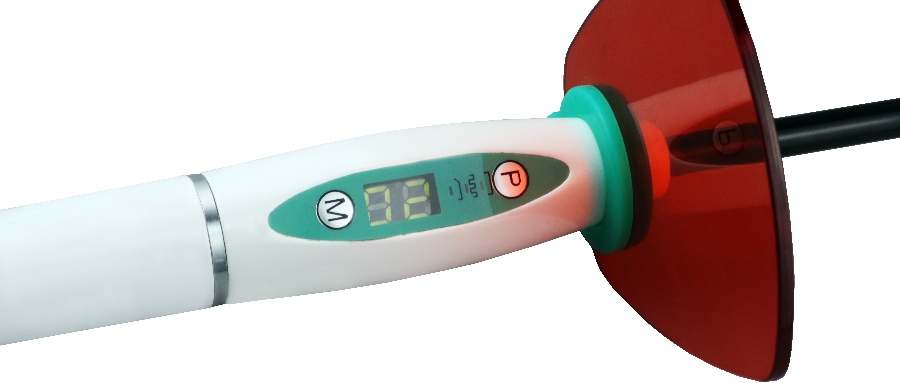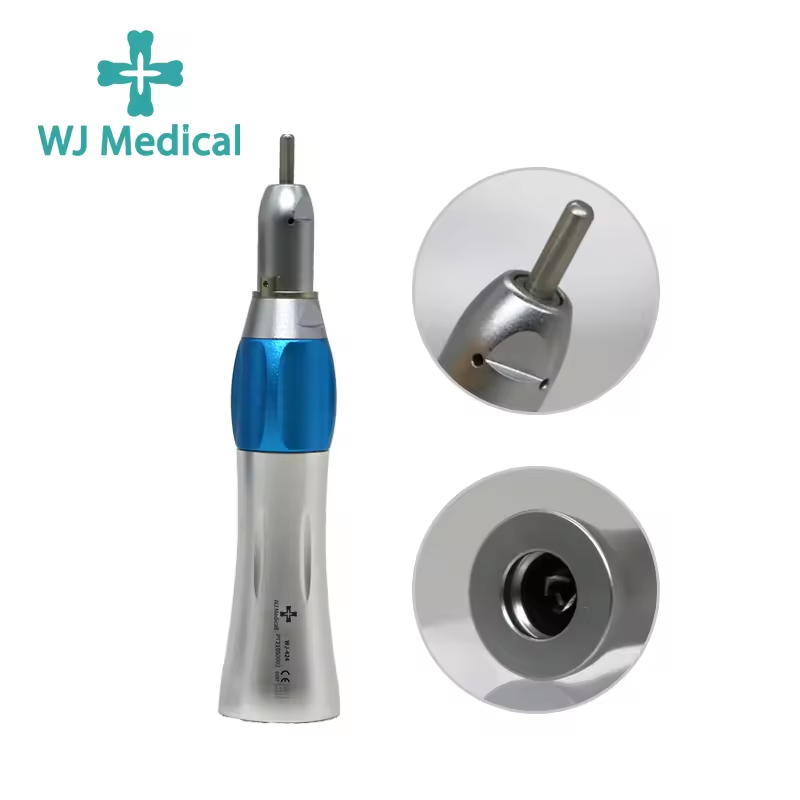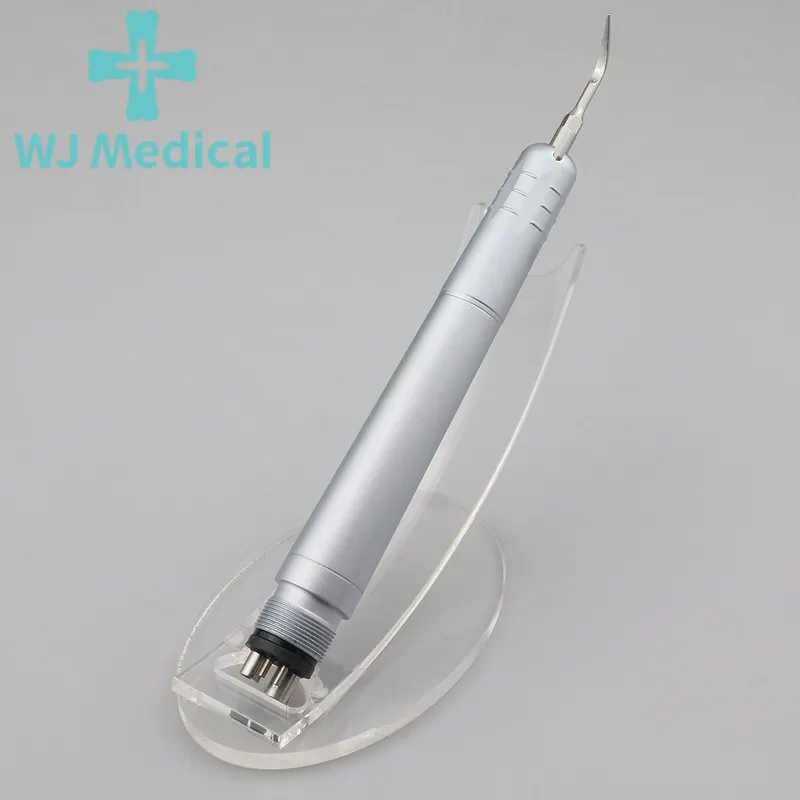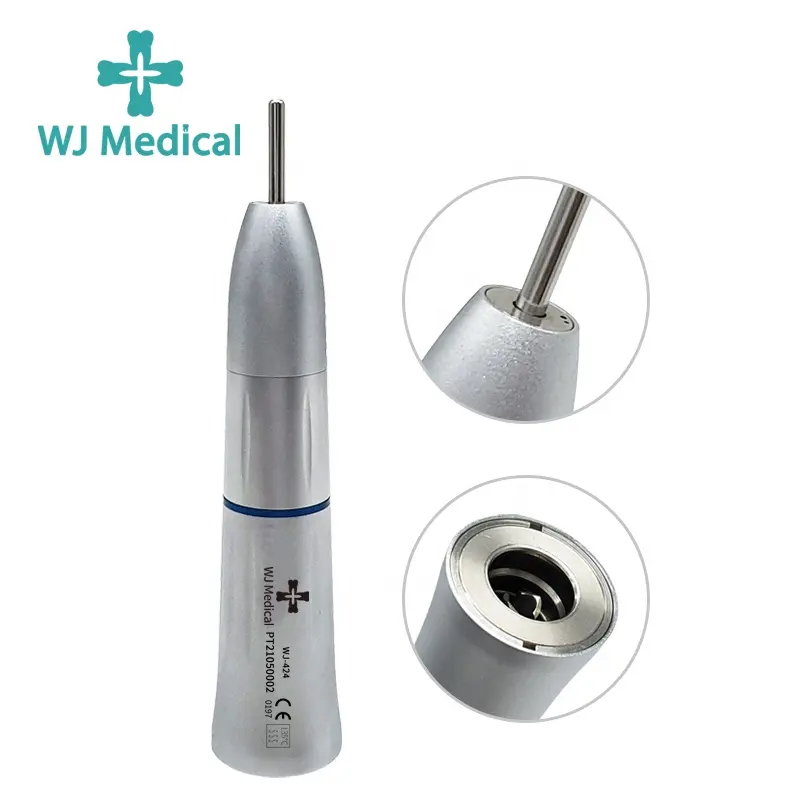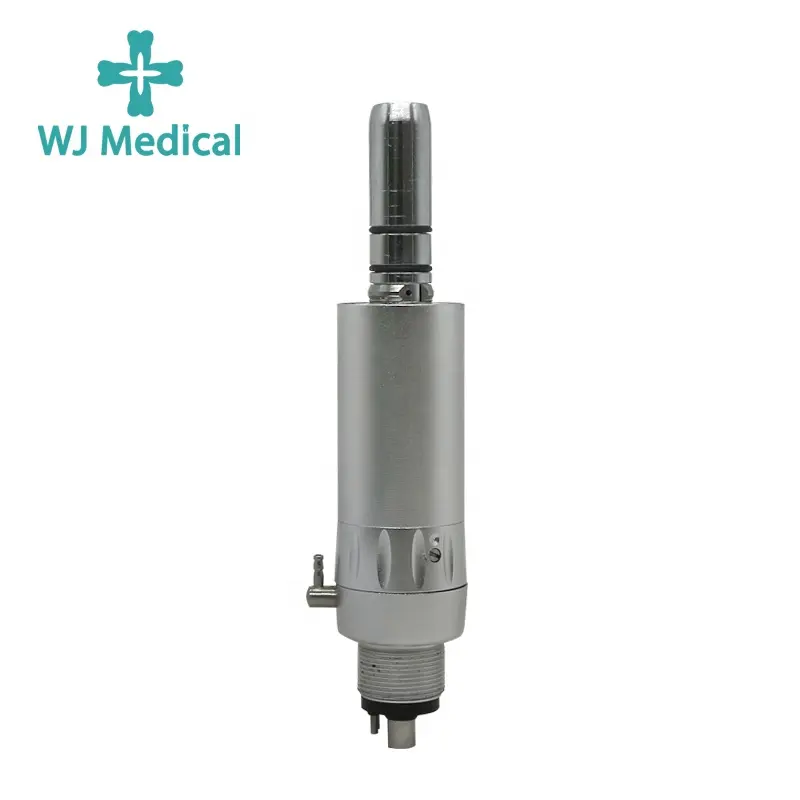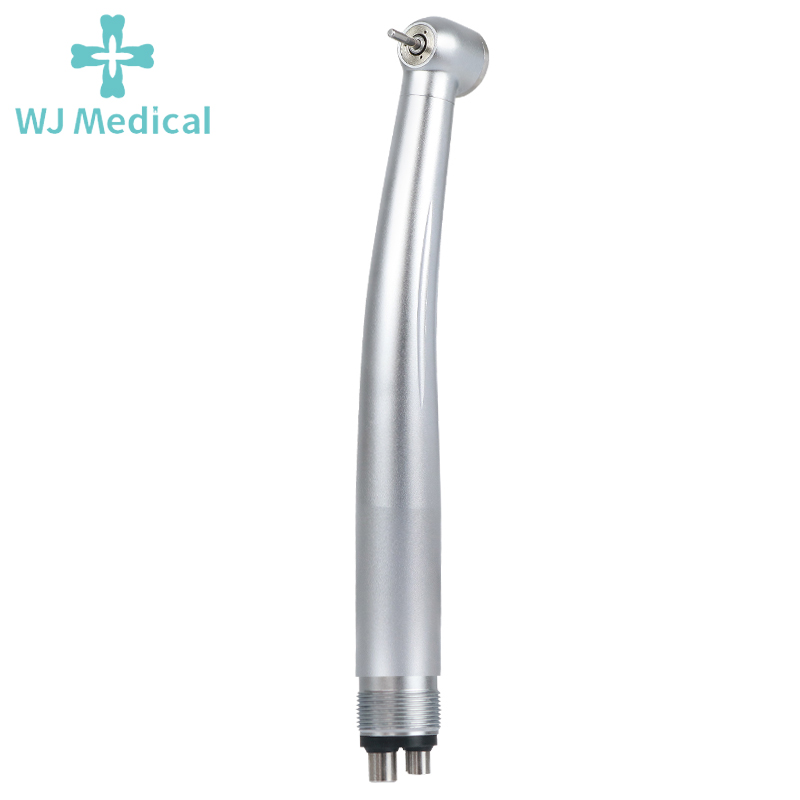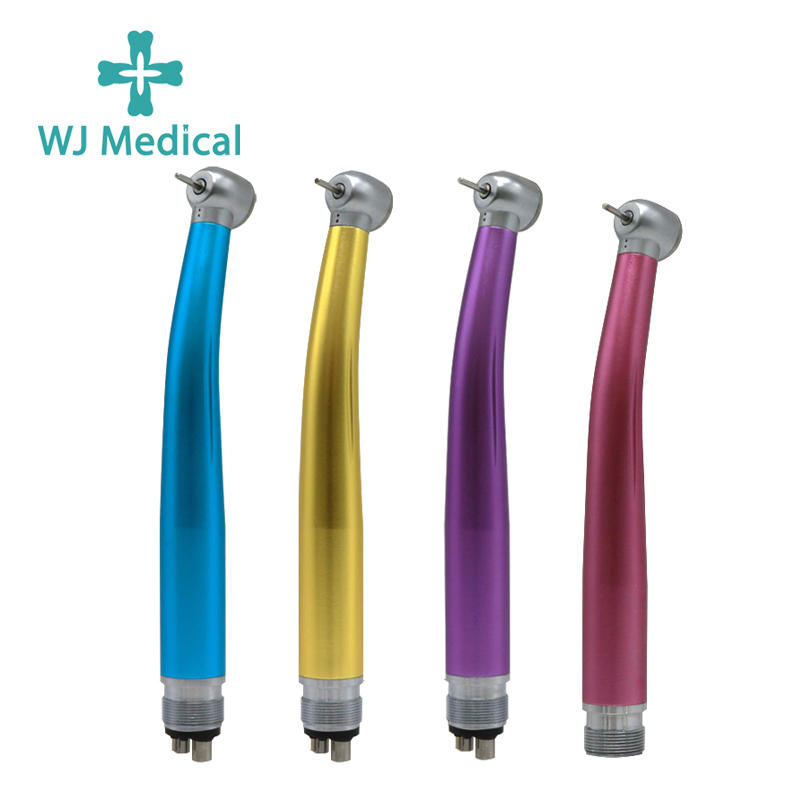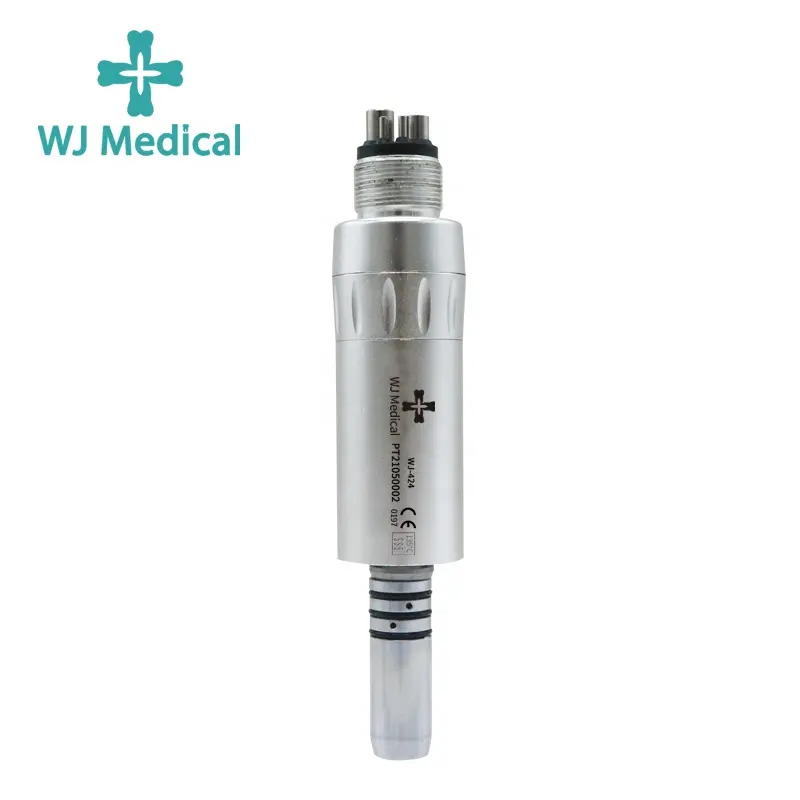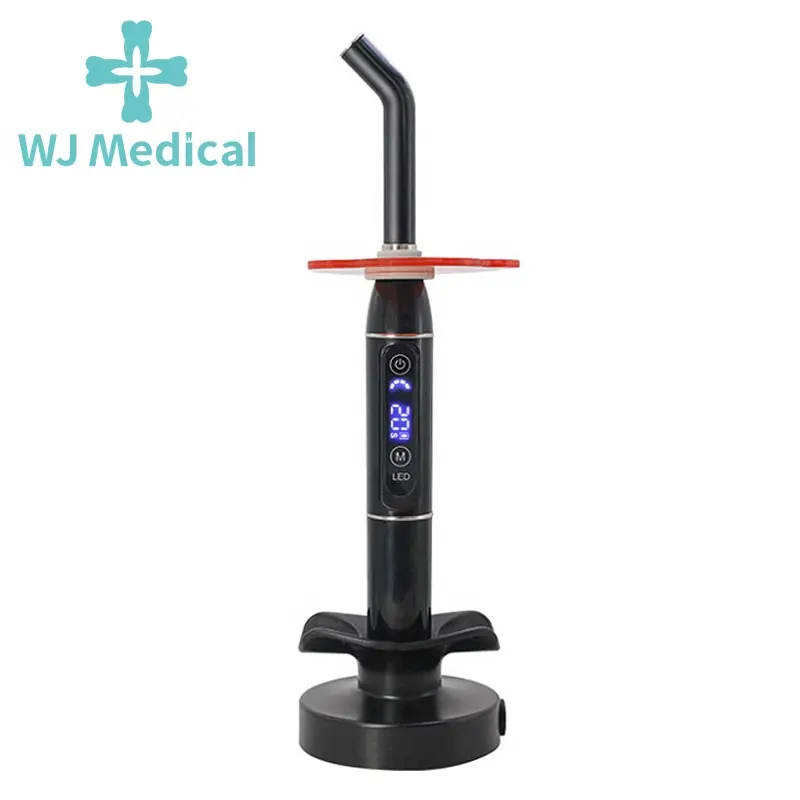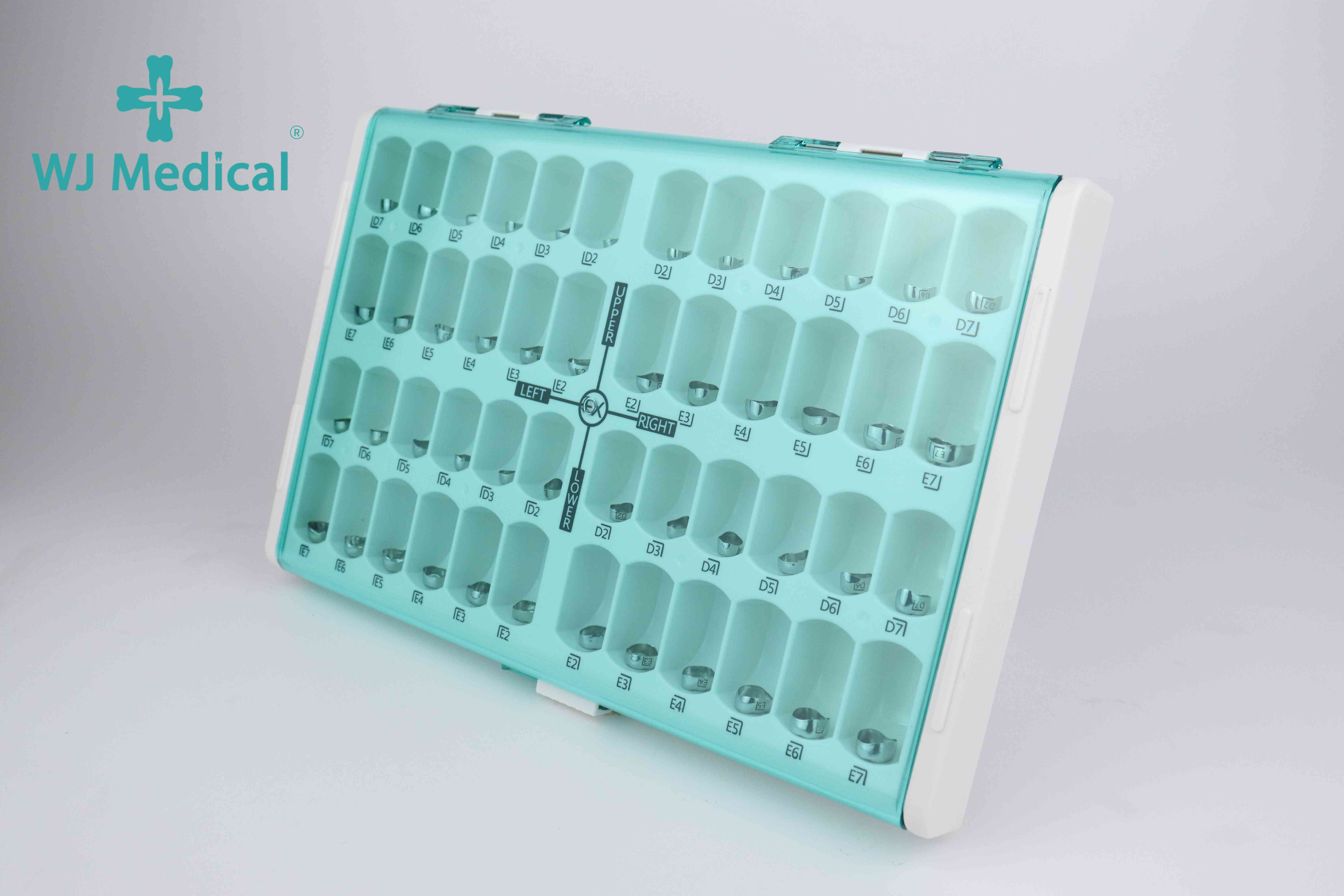Does a Dental Curing Light affect the eyes?
Dental light curing technology, full name of light curing composite resin repair, is an advanced technology in the field of dental repair. This technology uses a specific wavelength of light, mainly light blue light, to irradiate a photosensitizer containing a photocuring resin material, so that it can undergo a polymerization reaction and cure quickly. This process not only simplifies the complexity of traditional filling operations, but also significantly improves the aesthetics and durability of the restoration effect. Light curing technology is widely used in many aspects such as dental caries repair, tooth defect filling, dental beauty, etc., providing a more convenient and efficient treatment plan for patients' oral health.
The main function of dental light curing lamps, as a commonly used equipment in the process of filling teeth, is to make the polymer composite resin cure quickly through irradiation, so as to complete the restoration of teeth. Regarding the effect of dental light curing lamp on eyes, it can be analyzed from the following aspects:
What are the basic characteristics of light-curing lamps?
Dental light curing lamps usually emit specific wavelengths of light, including blue light and so on, which are used to activate the photosensitizer in the resin material to make it cure quickly.
Light curing lamps work with a more concentrated and higher intensity of light, so special attention needs to be paid to the protection of the eyes when using them.
What are the possible effects of light-curing lamps on the eyes?
Direct exposure:
If the eye is directly exposed to the light of the light curing lamp, especially for a long time or close contact, it may cause some damage to the retina. This damage manifests itself primarily as photochemical damage, in which the light reacts with chemicals within the retinal cells, resulting in damage to the cells.
However, during normal medical procedures, doctors usually take appropriate precautions, such as asking patients to close their eyes or wear protective eye shields, to minimize the direct exposure of light to the eyes.
Indirect Exposure:
In the case of non-direct exposure, such as when the patient is outside the range of the light-curing lamp, or when the light is scattered and reaches the eyes, its effect on the eyes is greatly reduced.
Even so, prolonged exposure to environments containing high-intensity light sources such as blue light should be used to protect the eyes from discomfort or fatigue.
Third, protective measures and recommendations
When using dental light curing lamps, patients should strictly follow the doctor's instructions, such as closing their eyes or wearing protective eye shields.
Doctors should also ensure that the light does not directly irradiate the patient's eyes or other sensitive areas during operation.
For healthcare professionals, they should wear professional protective eyewear to protect their eyes when exposed to high-intensity light sources such as light-curing lamps for long periods of time.
If symptoms such as eye discomfort or pain occur during use, they should seek medical attention and inform the doctor of the situation.
Conclusion
In summary, the effects of dental light-curing lamps on the eyes are limited under normal use. However, direct exposure to light from light curing lamps, especially for a long time or in close proximity, may cause some damage to the eyes. Therefore, operating procedures and protective measures should be strictly adhered to during use in order to ensure the eye safety of patients and healthcare workers.
